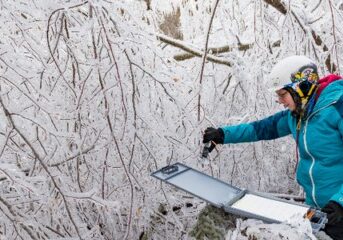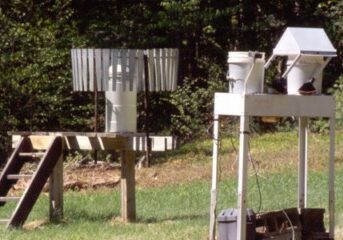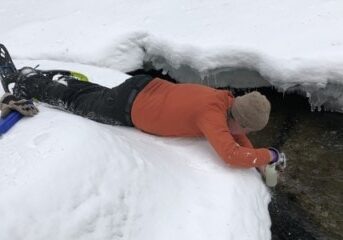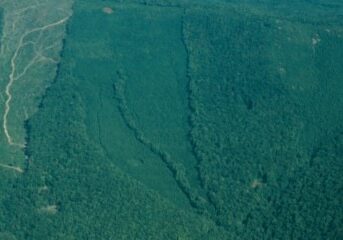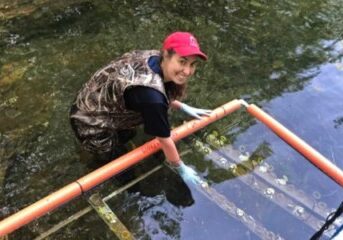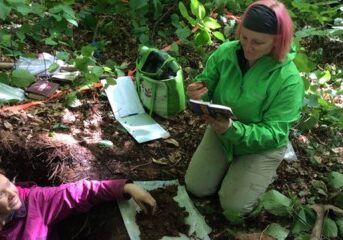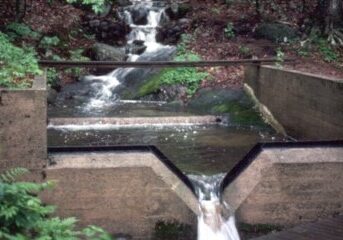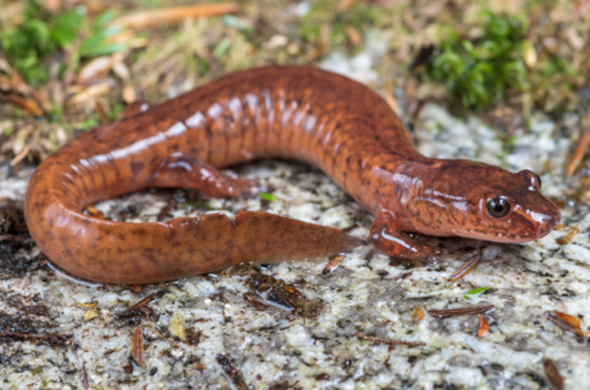
We study the biodiversity and food webs of the forest and streams at Hubbard Brook. We have one of the longest running studies of migratory songbirds in the world, initiated in 1969. Every summer, we survey all adult breeding birds within a 10-hectare study plot in the forest.
We have used the black-throated blue warbler (Setophaga caerulescens) as a model for examining behavioral and demographic responses of migratory birds to forecasted environmental change including changes in spring leaf out, the timing of breeding, mating and parental effort, annual fecundity, annual recruitment, and population growth.
Caterpillar surveys have been carried out since 1986 and malaise trap sampling for flying insects have been deployed since 1996. Cameras, sensors and sticky traps for aquatic insects have been deployed since 2018.
In 2015 we established the first systematic collection of bioacoustic data on birds and bats from Hubbard Brook. We have a network of 26 motion activated cameras placed throughout the valley to better understand the distribution of wildlife across the landscape, especially moose and deer.

